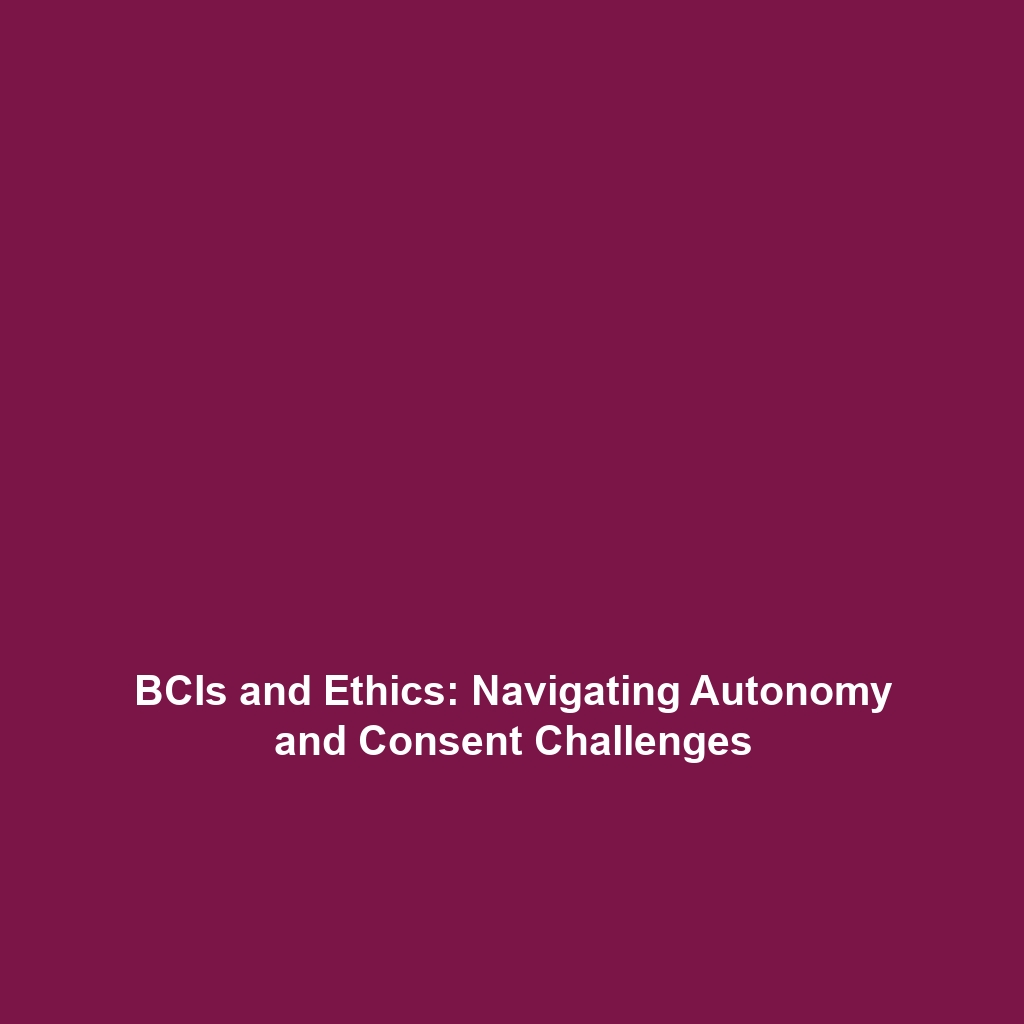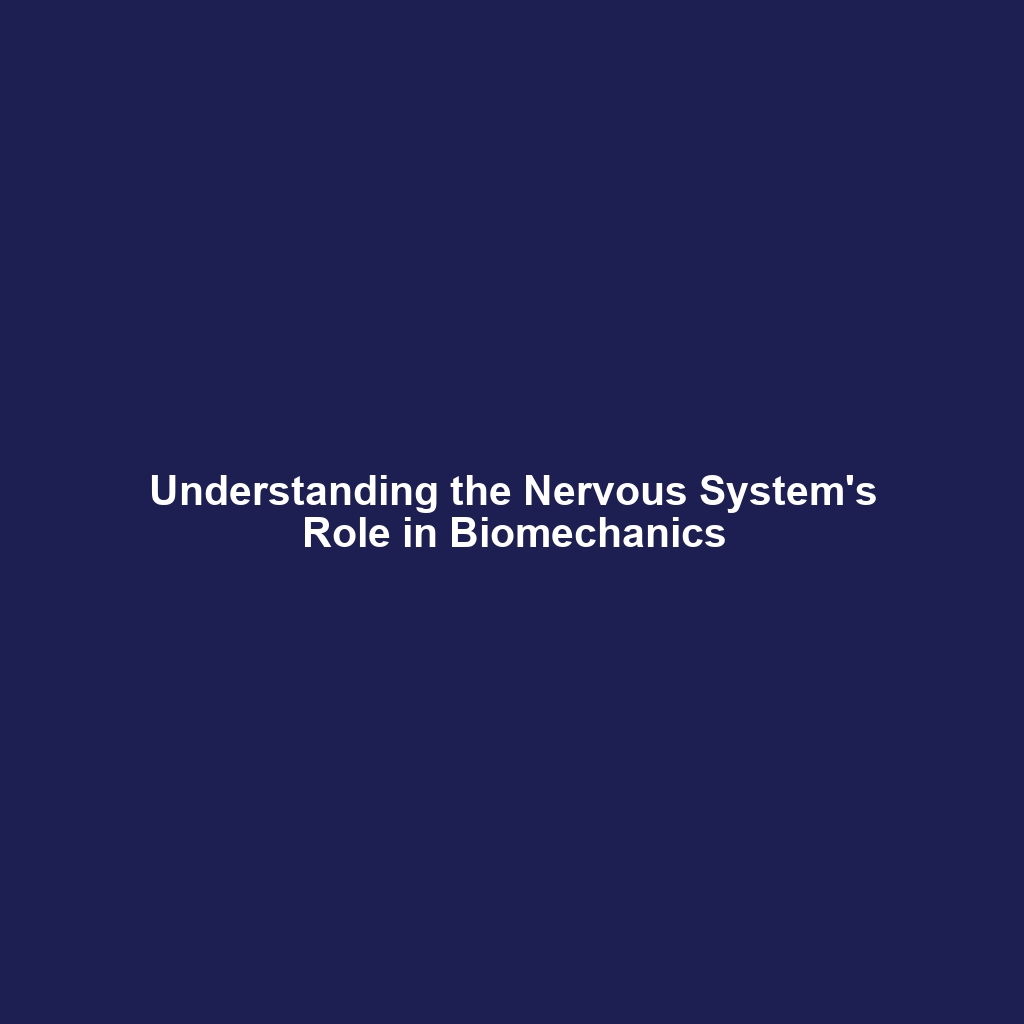BCIs and Labor Markets: Transforming Human-Computer Interaction
Introduction
Brain-Computer Interfaces (BCIs) are revolutionizing the way humans interact with machines. By directly translating brain activity into commands, BCIs offer a groundbreaking alternative to traditional forms of human-computer interaction. As workplaces begin to integrate these technologies, the potential for job displacement looms large. Understanding how BCIs can replace or enhance current job roles is vital in navigating this transition for both employees and employers.
Key Concepts
BCIs establish a direct link between the human brain and external devices, enabling communication through thought alone. This innovative technology can fundamentally alter the labor market by introducing the following key concepts:
- Direct Neural Communication: BCIs facilitate an unprecedented method of interaction through neural signals.
- Job Redefinition: Traditional roles that rely on manual input may need to adapt as BCIs become more integrated into workplaces.
- Skill Acquisition: Workers may need to acquire new skills to effectively utilize BCI technology.
Applications and Real-World Uses
The incorporation of BCIs in labor markets is leading to innovative applications across various sectors. Consider the following significant real-world uses:
- Manufacturing: BCIs can streamline operations by allowing workers to control machinery through thought, enhancing productivity.
- Healthcare: Remote control of prosthetics through BCIs aids in rehabilitation and mobility for patients.
- Customer Service: BCIs may facilitate real-time data gathering and response formulation, allowing for improved service efficiency.
Current Challenges
Despite the promising future of BCIs, several challenges remain in their study and application within labor markets:
- Ethical Considerations: The implications of direct brain access and data privacy are significant concerns.
- Technical Limitations: Current BCIs may have limitations in accuracy and speed, inhibiting widespread application.
- Workforce Displacement: Concerns about job displacement must be addressed to ensure a fair transition for affected workers.
Future Research and Innovations
The field of BCIs is rapidly evolving, with exciting advancements on the horizon that could reshape labor markets:
- Advanced Machine Learning: Progress in AI may enhance BCI responsiveness and versatility in job applications.
- Miniaturization of Devices: Smaller, more affordable BCIs could democratize access, making them feasible for everyday use.
- Neuroplasticity Training: Research into brain adaptability may unlock new ways to integrate BCIs into existing roles.
Conclusion
The integration of Brain-Computer Interfaces into workplaces represents a profound shift in human-computer interaction, with the potential to displace certain jobs while creating entirely new roles. As this technology continues to evolve, it is crucial for stakeholders to address the emerging challenges and embrace the opportunities that come with it. To learn more about BCIs and their implications for the workforce, feel free to explore our additional resources on BCIs and Technology Integration or Future Innovations in Labor Markets.









